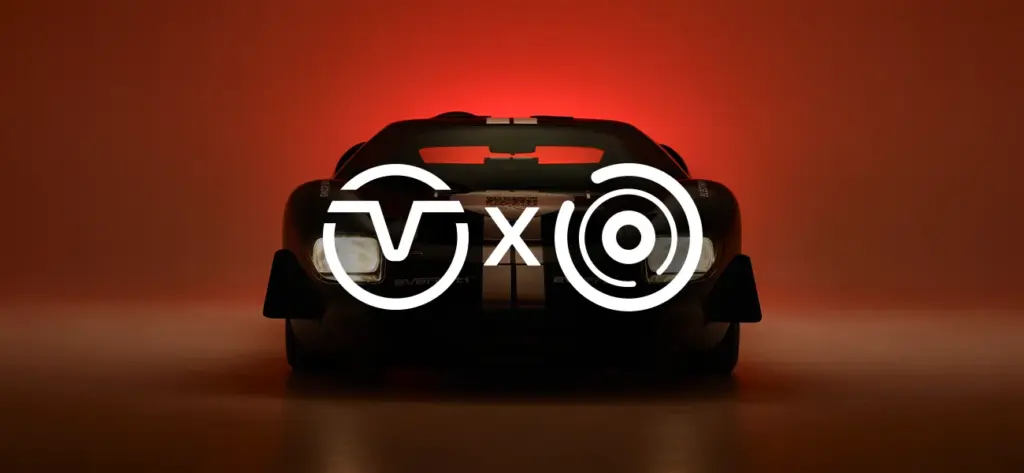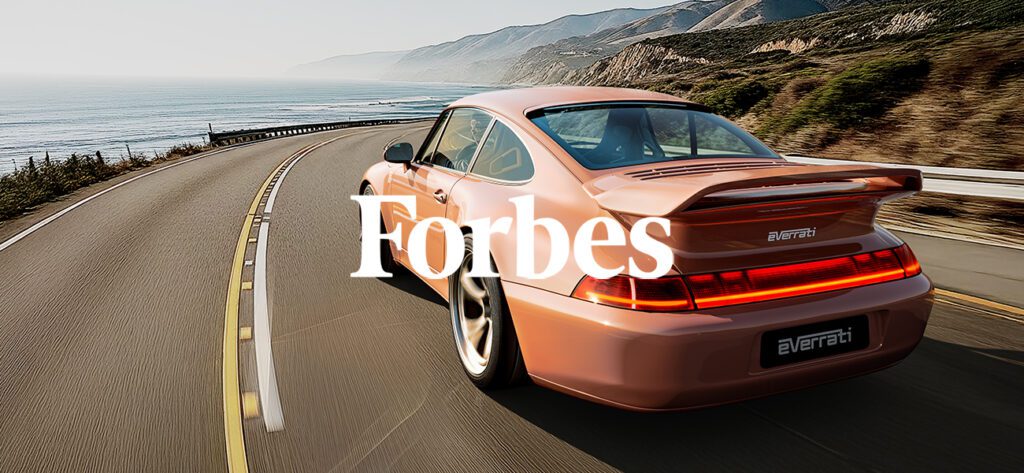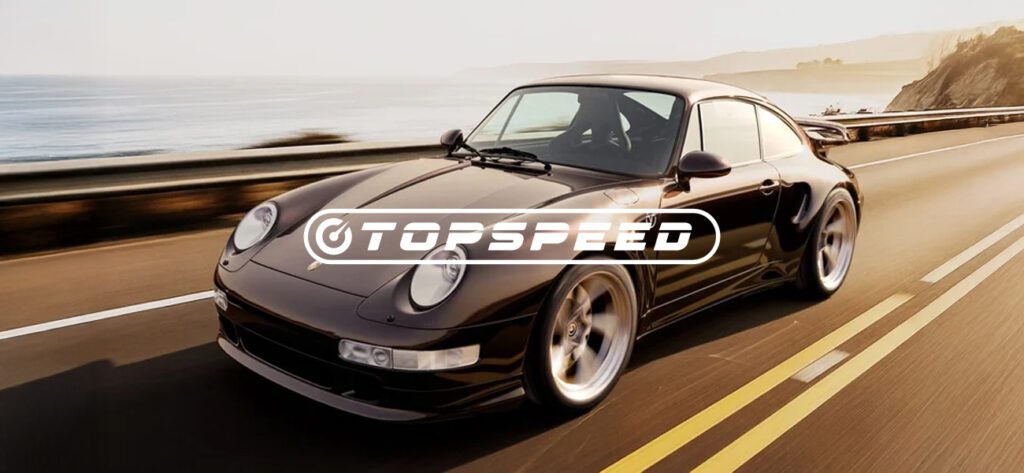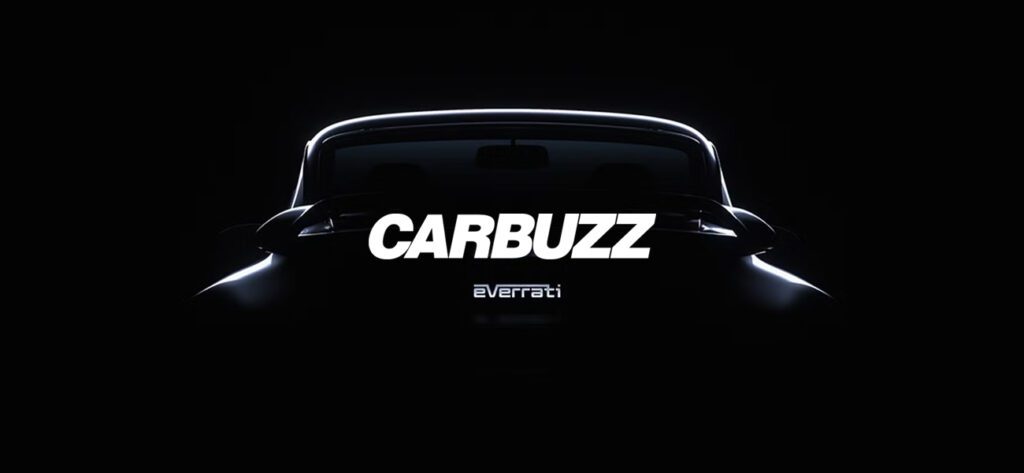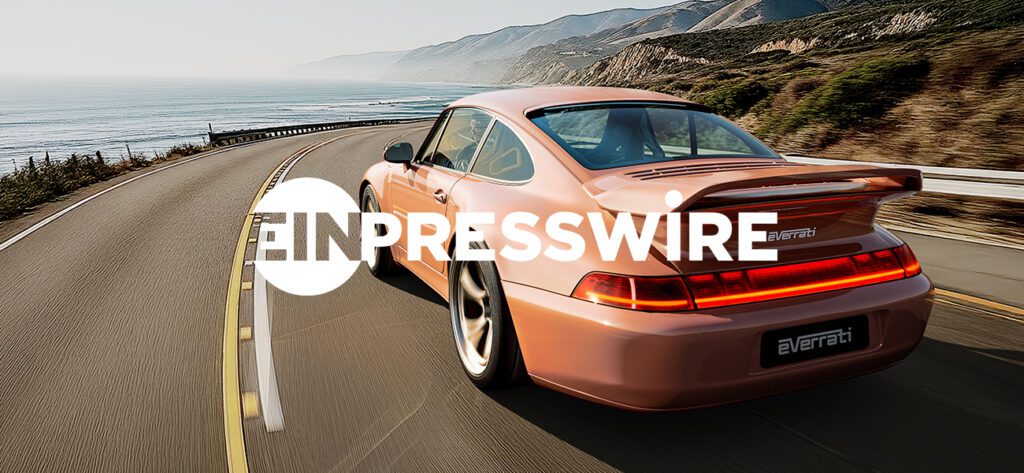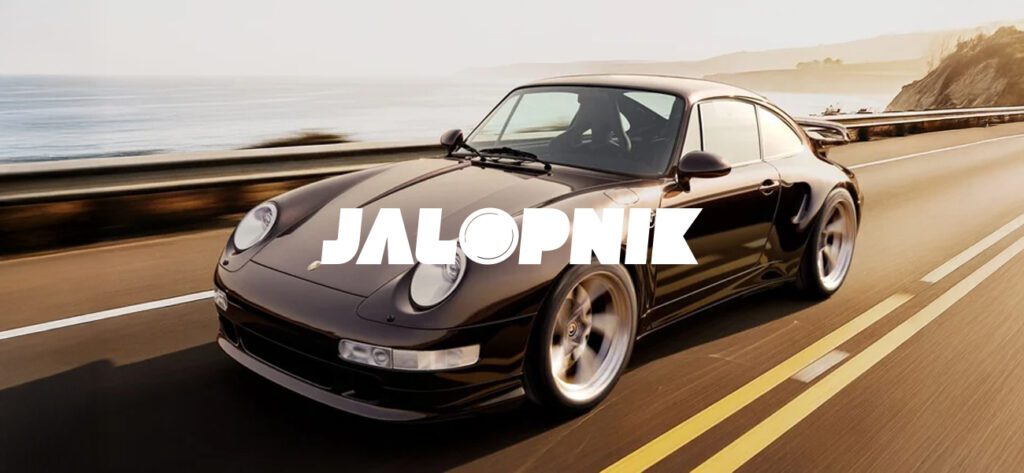You probably know the score by now. Everrati is one of a growing number of startups breathing new life into classic cars and turning them electric.
Established in early 2020, the British firm has already launched an electrified 964-generation Porsche 911 – which you can read more about here – plus an electric Mercedes-Benz Pagoda, a replica Ford GT40 with 800 horsepower and, most recently, a convertible version of the 964.
Everrati says it likes to focus on iconic cars, so it’s no surprise that the other member of this growing family is the Land Rover Series IIA. Produced between 1961 and 1971, this is perhaps the model most synonymous with the Land Rover brand. As a quick bit of housekeeping it’s worth stating how these early ‘series’ vehicles gave way to the Defender nameplate that first appeared in 1983, ran until 2016, then was revived in 2020.
The process followed by Everrati is much like that of other high-end restomods, or electro-mods in this case. Buy yourself a Series IIA of whatever condition you like, hand it to Everrati along with a check for around $175,000 (plus tax and optional extras), and in return you’ll receive a car bearing the same identity as your IIA, but with all of its components either refurbished or replaced to a mostly original specification.
The 2.25-liter, four-cylinder engine is swapped out for an electric motor with about twice the power and torque – up from 70 hp to 150 hp, and from 163 Nm to 300 Nm (220 ft-lbs) respectively. The motor is powered by battery packs installed under the hood and door sills, where the fuel tanks used to be; their total capacity is 60 kWh and Everrati says the range is about 150 miles. A CCS charging port in place of the original fuel filler cap, behind the driver’s door of the right-hand-drive prototype driven here, allows for high-speed charging.
Interestingly, Everrati includes a Land Rover transfer box that enables low and high range gearing, as well as switching between two- and four-wheel-drive. The gearbox is removed and its long shifter now acts as a switch; forwards for drive, center for neutral and rearwards for reverse, as indicated by a small digital display set within one of two dials on the dashboard. These, along with the switches around them, all look like the original items, but are newly made and reassigned to work with the electric drivetrain.
Creature comforts of this prototype vehicle and press demonstrator include optional heated seats front and rear, an interior upholstered in soft Bridge of Weir leather, beautiful teak decking in the rear and…that’s about it. ‘Air conditioning’ is available by opening three vents beneath the windshield, just like the 60’s original. The side windows slide forwards to open, Land Rover’s comically-bad pedal position, where they are almost directly below your knees, remains, and the wing mirrors are literally that, down on the fenders instead of the doors. This is very much a restomod that is restored rather than modified.
Slot the tiny key into the middle of the dashboard, turn, and the car comes to life. There’s no sputtering engine, of course, and no vibration either. Resist the urge to press the non-existent clutch pedal, pull the repurposed gear lever down to the drive position, release the conventional parking brake, and press the accelerator. The car sets off not with the whip-crack response of a modern EV, but with the sort of performance you’d expect from a sixty-year-old car.
With twice the power and torque of the original, the 0-60 mph time has fallen from a glacial 23 seconds to a ponderous thirteen. It’s slow, but are you really that surprised? There are plenty of companies capable of fitting warp-speed Tesla motors to old Land Rovers in a bid to see off supercars at the stop lights, but Everrati takes a more sympathetic approach.
Instead of launching forwards, the Series IIA trots along with enough enthusiasm to keep up with traffic without embarrassing its driver. It then feels much like an old Land Rover, sniffing out and hunting down every camber change and every undulation in the road, like a gun dog tracking a rabbit. Apply some steering correction and you’ll at first be alarmed at how little happens. Steer a bit more and you’ll discover the front wheels are connected afterall, albeit vaguely.
This might sound damning for a $200,000 car restored and renewed to within an inch of its life, but this is how it’s supposed to be. It’s actually a mild improvement, Everrati says, and sure enough it takes just a few minutes to get used to the new/old Landy as it tugs this way and that, bounces over every slight crest in the road, and seems reluctant to slow down until the disc brakes (an optional upgrade from the original drums) are given a hefty shove.
Add to this the heavy steering, turn signals that don’t self-cancel and mirrors that aren’t particularly useful, and I realize I haven’t once thought about the lack of an engine. There’s already so much going on – not least because Everrati boss Justin Lunny is sitting next to me and we’re driving through his local golf club – that wrestling with a recalcitrant transmission would quickly turn a charming drive into a chore.
It’s tempting to describe the Everrati Land Rover as the perfect pub car. A quirky and eccentric way of ferrying the family and a dog or two to the local inn a couple of country lanes away. But it’s welcome in the city too. One of the first customers plans to use their electric Series IIA for a central London school run, avoiding the city’s daily congestion and emissions fees, while slipping through gaps in traffic that would make a modern Defender blush.
The driver will no doubt raise a smile from everyone who sees them, too – and that is central to Everrati’s plan; using electrification to ensure the roads of tomorrow are as clean as they are interesting.
It’s certainly expensive, but electrifying iconic cars – especially ones with forgettable and underpowered engines – means owners can continue to enjoy them long after internal combustion is outlawed or taxed into submission. At the same time, everyone else gets to enjoy the presence of beautiful old cars charmingly going about their day.
by Alistair Charlton
Source : Forbes

